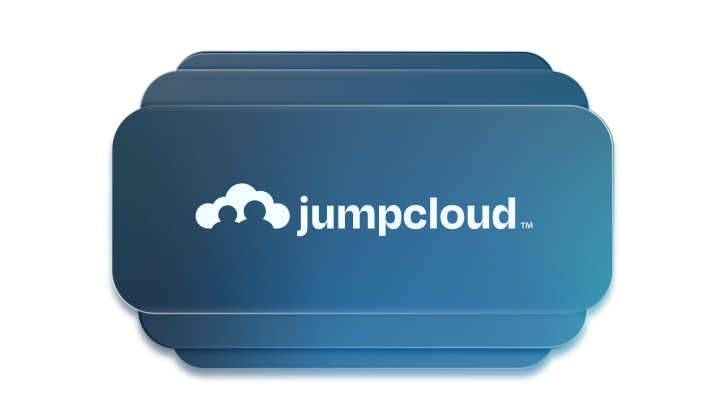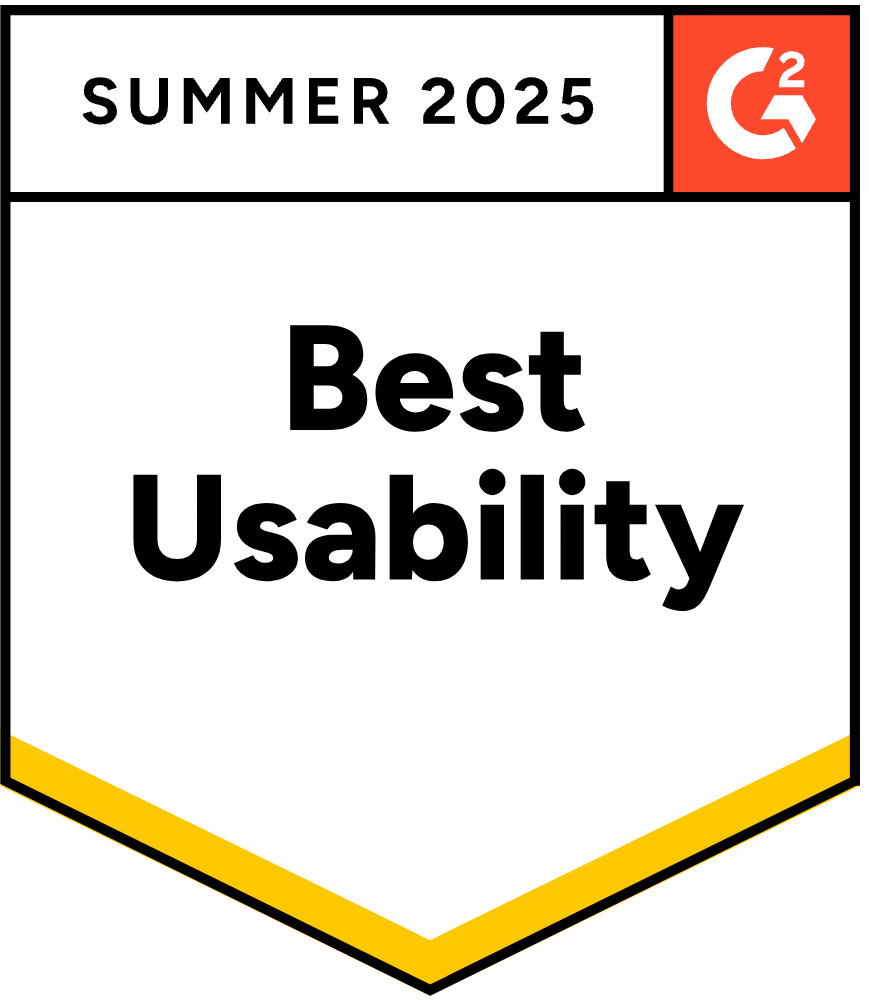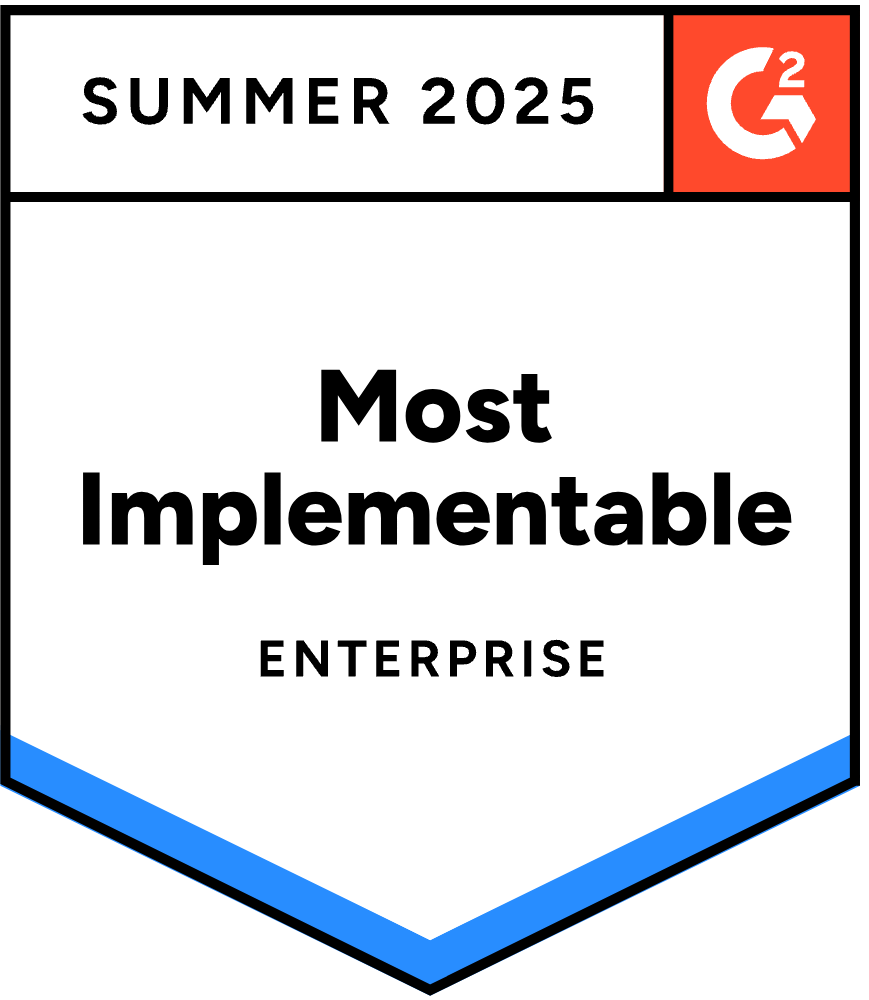JumpCloud vs. Kandji
Don’t settle for an Apple-only approach when your IT environment is diverse. Understand the difference between a single-focus point solution and a unified identity, access, and device management platform that sets JumpCloud apart from all other vendors like Kandji.

JumpCloud vs. Kandji: How to Choose
Embrace a unified approach that provides a far more holistic solution than traditional, dedicated MDM tools. JumpCloud brings your users, application access, and devices together onto one powerful platform. Here’s why 250,000+ organizations trust JumpCloud to simplify their IT operations:
1. Your fleet demands more than generic solutions. Discover true UEM with JumpCloud.
Your endpoints are diverse, and so is your workforce. Manage and secure your entire fleet of Windows, macOS, Linux, Android, iOS and iPadOS devices with JumpCloud—whether they’re corporate-owned or BYOD. Apply granular policies, patch vulnerabilities, troubleshoot remotely, and enforce device trust access all from the same platform.
2. Beyond Device Management: Control your Entire User Lifecycle.
Your IT strategy needs to extend beyond just managing devices. With JumpCloud, you gain the power to manage the entire user lifecycle, seamlessly guiding employees from rapid onboarding and provisioning, through comprehensive asset discovery, all the way to verified offboarding. Our platform allows you to manage every stage of this journey, ensuring efficiency and security throughout.
3. Unify Access: One Secure Identity for Everything.
Multiple credentials create risk, and those risks amplify significantly when third-party vendors are involved. Protecting your critical resources becomes even more challenging. JumpCloud streamlines access with one secure identity for every employee, covering any resource. Implement SSO and MFA across all your SAML and OIDC applications. Enhance security, simplify logins, and reduce credential-related vulnerabilities.
JumpCloud
Kandji
Unified Endpoint Management






JumpCloud MFA and JumpCloud Protect™, Biometrics, 3rd party MFA
Requires 3rd Party




Apple OS only





Apple devices only (macOS, iOS, iPadOS, tvOS)


macOS only




Identity & Access Management

Requires 3rd Party

900+ Pre-Built Applications
Requires 3rd Party

JumpCloud Protect App, Biometrics, 3rd party MFA
Requires 3rd Party













SaaS Management



Customers Recognize The Value of JumpCloud
Don’t take our word for it.
Frequently Asked Questions
JumpCloud offers a unified, comprehensive platform with identity, device, and access management across cloud and on-prem environments, making it a good choice for companies with mixed device types (Windows, macOS, Linux, etc.) and hybrid workforces. Kandji specializes only in Apple device management. Companies looking for a complete IT solution will find JumpCloud’s scope of IT functionality more scalable and robust than Kandji’s, particularly in areas like unified device management and identity and access management.
JumpCloud is designed to simplify IT on all fronts including compliance with regulatory standards like GDPR, HIPAA, and SOC 2. Its unified access and device management, MFA, detailed audit logs, and SaaS management solutions help organizations meet compliance requirements across diverse environments.
For mid-sized companies and MSPs considering JumpCloud vs Kanji, JumpCloud’s all-in-one approach is more cost-effective than Kandji, especially if your business needs both IAM and device management. By consolidating these capabilities into one platform, JumpCloud reduces the need for multiple vendors and licensing fees, while Kandji may require additional tools which can increase overall costs.
Both JumpCloud and Kandji prioritize security. JumpCloud promotes a holistic, Zero Trust approach that spans across users, devices (all OS types), and applications. By unifying IAM and UEM, you can enforce consistent security policies, conditional access, and comprehensive auditing across the entire IT environment. On the other hand, Kandji ensures strong endpoint security only within the Apple ecosystem.




